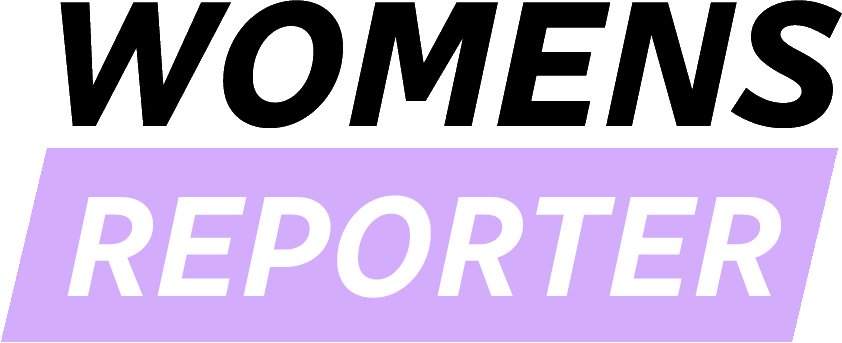The Best and Worst States for Women in 2025
As Women’s History Month unfolds this March, WalletHub has released its findings on the Best and Worst States for Women in 2025. This analysis highlights persistent gender disparities in income and representation while offering insights into which states provide the most favorable conditions for women through the use of 25 metrics. Key factors evaluated include median income, access to quality healthcare, and incidences of female homicides.
Highlights from the Findings
Top 5 States for Women
- Massachusetts
- Minnesota
- District of Columbia
- New York
- Maryland
Bottom 5 States for Women
- Missouri
- Georgia
- West Virginia
- Wyoming
- Alabama
The report underscores that although progress has been made over the years, disparities still exist across various metrics such as economic prospects, leadership, and overall safety for women. The leading states not only provide vital resources like healthcare but also create environments conducive to personal and professional growth.
Key Metrics Evaluated
- Highest Median Earnings: District of Columbia, with female earnings 1.8 times higher than in Hawaii, the state with the lowest.
- Lowest Poverty Rate among Women: New Hampshire, significantly lower than Louisiana, which has the highest rate.
- Women-Owned Businesses: Florida hosts the highest percentage compared to South Dakota, which has the least.
- Health Insurance Coverage: Massachusetts leads in the lowest percentage of uninsured women, far surpassing Texas.
In-Depth: Top States for Women
Massachusetts: A Leader in Support
Massachusetts has been recognized as the best place for women in 2025. This state features one of the lowest unemployment rates for women and is currently managed by a female governor. Notably, only 2.1% of women in Massachusetts lack health insurance, which is the lowest figure nationwide.
The healthcare system in Massachusetts is also robust, ranking fifth overall for women’s health services, along with high access to preventive care. The state’s life expectancy for women is among the longest in the nation.
Minnesota: Economic Opportunity Hub
Ranking second, Minnesota excels in economic opportunity for women, with a median income of $44,526, adjusted for living costs. The state records a notably low poverty rate, with only 10% of women living below the poverty line—fourth lowest in the nation.
Educational achievements for female students are significant, contributing to a highly prioritized health sector with fourth-ranked health reporting among women.
District of Columbia: High Earnings and Healthcare Quality
Occupying the third spot, the District of Columbia boasts the highest median income for women, at $50,936. With strong job stability ranking eighth in the nation, women in D.C. face minimal risks of layoffs while engaging in entrepreneurship—ranking 11th for women-owned businesses.
The health and wellness landscape in D.C. is stellar, as over 88% of women report good health. Additionally, D.C. excels in physical activity and maintains one of the lowest obesity rates among women.
Expert Insights
Considerations for Women When Choosing a State
“When considering what state to live in, individuals will want to assess various factors such as economic conditions, job opportunities, living costs, and quality of life.”
Improving Workplace Conditions
“Companies should prioritize transparent communication regarding workplace policies and changes. Good communication fosters a supportive atmosphere and reduces employee anxiety.”
Public Policy Recommendations
“State-level public policy should focus on equal opportunities for all, with protections against discrimination and robust support for health and education.”
Concluding Observations
The findings reveal a stark contrast between states identified as blue and those as red, with blue states proving to be considerably more accommodating for women—142.5% more, according to the analysis. This underscores the need for states to implement policies that support equality and progression for all women.
With clear steps laid out, it is imperative for all states to enhance their efforts in creating equitable environments for women and thereby foster opportunities for growth and advancement.
